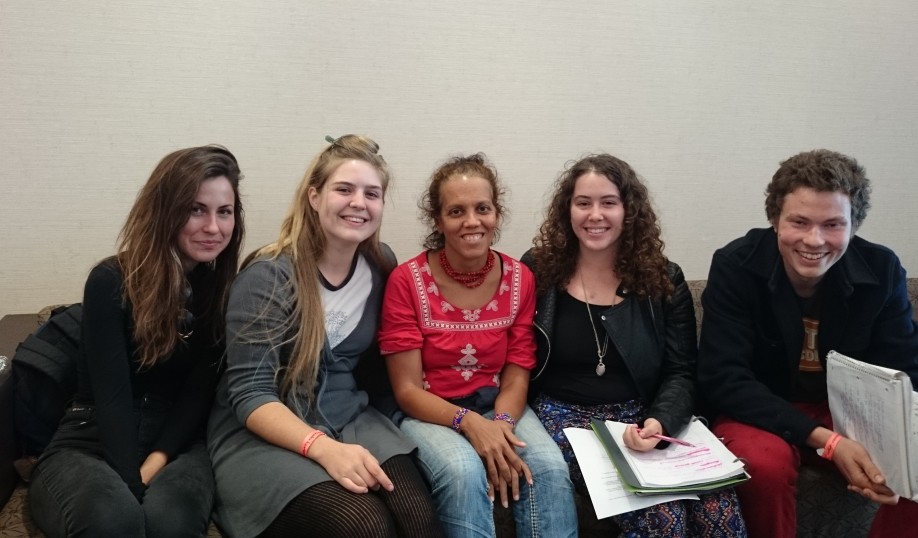A cacao production and distribution system should make use of each layer of the forest, consist of vegetation that benefits both the forest ecosystem and the farm operators, take advantage of eco-friendly energy sources, be employee owned and operated, and the processing of cacao into chocolate and its byproducts should be done on site.
Careful consideration should be put into the planting and management of the food forest. For example, thought should be put into selection of the species cohabiting in the forest; each layer of the forest should be utilized to support the farm. A possible cacao production food forest may consist of Peach palm and Kamarare, which are both used to provide shade for growing the cocoa and to support black pepper vines (Wilkinson and Elvich 6-7).
The production village should also make use of eco-friendly energy technologies, such as using Methane biogas from a septic system to cook their food, as shown to be done at the Punta Mona Center on page 46 of Sustainable [R]evolution by Juliana Birnbaum & Louis Fox. This helps to reduce the overall carbon footprint for the production system, which in turn promotes a cleaner and more sustainable environment for continued agricultural use.

